iPhone 16 vs Samsung Galaxy S25: The Ultimate 2025 Flagship Showdown
Every year, tech enthusiasts eagerly anticipate the latest flagship releases from Apple and Samsung, the two titans of the smartphone industry.
In 2025, Apple unveiled the iPhone 16 series, while Samsung countered with its Galaxy S25 lineup. Both devices represent the pinnacle of their respective ecosystems, boasting cutting-edge technology, refined designs, and ambitious features. But which one truly stands out as the best smartphone of 2025?
In this in-depth comparison, we’ll explore every facet of the iPhone 16 and the Samsung Galaxy S25, including design, display, performance, software, cameras, battery life, ecosystem, and value.
By the end, you’ll have a clear understanding of which device suits your needs and preferences.
1. Design and Build Quality
iPhone 16
Apple has always prioritized minimalist elegance, and the iPhone 16 continues this tradition.
The device features a seamless blend of aerospace-grade aluminum (or titanium in the Pro models) and Ceramic Shield glass, with subtly curved edges for enhanced ergonomics.
The bezels are slimmer than ever, and the Dynamic Island returns, now even more discreet.
Apple has introduced new color options, including Midnight Blue and Sunset Gold, appealing to a broader audience.
The iPhone 16’s dimensions are slightly larger than its predecessor, but it remains comfortable to hold.
Its IP68 rating ensures dust and water resistance, and the tactile haptic feedback remains industry-leading.
Samsung Galaxy S25

Samsung’s Galaxy S25 sports a bold, futuristic design with a nearly bezel-less Infinity Display and a matte glass back that resists fingerprints.
The aluminum armor frame feels robust, and the device is marginally lighter than the iPhone 16, making it easier to handle. Samsung offers a wider variety of colors, including unique gradient finishes.
The S25’s camera module is flush with the back panel, unlike the slightly protruding lenses of the iPhone 16.
It also boasts IP68 certification and a new Gorilla Glass Armor for enhanced durability.
Verdict:
Both phones exude premium craftsmanship, but the S25’s lighter build and flush camera design give it a slight edge in ergonomics, while the iPhone 16’s minimalist elegance and tactile feedback remain unmatched.
2. Display Technology
iPhone 16
The iPhone 16 features a 6.3-inch (standard) or 6.7-inch (Pro Max) Super Retina XDR OLED display with ProMotion technology, supporting adaptive refresh rates up to 120Hz. The panel delivers peak brightness up to 2,800 nits, making it easily readable even in direct sunlight. Color accuracy, HDR support, and True Tone technology ensure a visually stunning experience for media consumption and gaming.
Samsung Galaxy S25
Samsung raises the bar with a 6.4-inch (standard) or 6.8-inch (Ultra) Dynamic AMOLED 3X display, boasting an adaptive refresh rate up to 144Hz and a peak brightness of 3,000 nits. The S25’s display is slightly more vibrant, with deeper blacks and improved energy efficiency thanks to Samsung’s Eco² OLED technology. The under-display camera is less noticeable than ever, and the Always-On Display is more customizable.
Verdict:
While both displays are world-class, Samsung’s higher refresh rate, peak brightness, and under-display camera technology give the S25 a slight advantage for display enthusiasts.
3. Performance and Hardware
iPhone 16
Under the hood, the iPhone 16 is powered by Apple’s A18 Pro chip, built on a 3nm process. This SoC features a 12-core CPU and a 10-core GPU, delivering industry-leading performance in both single-core and multi-core tasks. The Neural Engine is vastly improved, enabling advanced AI features and on-device machine learning.
RAM options start at 8GB (16) and go up to 12GB (16 Pro), with storage ranging from 256GB to 1TB. The device supports Wi-Fi 7, 5G, and the new Ultra Wideband 2 chip for enhanced spatial awareness.
Samsung Galaxy S25
The S25 is equipped with the Qualcomm Snapdragon 8 Gen 4 (or Exynos 2500 in some regions), also built on a 3nm process. It features a 10-core CPU and a custom Adreno GPU, offering blistering performance for gaming and multitasking. Samsung’s AI Engine rivals Apple’s, powering real-time translation, enhanced camera features, and smart automation.
RAM options start at 12GB and go up to 16GB (Ultra), with storage ranging from 256GB to 1TB. The S25 supports Wi-Fi 7, 5G, and UWB, and it retains microSD expansion in select models.
Verdict:
Both phones are powerhouses, but the iPhone 16 edges ahead in raw processing power and efficiency, while the S25 offers more RAM and storage flexibility.
4. Software and User Experience

iPhone 16 (iOS 18)
iOS 18 introduces a host of new features, including customizable home screens, enhanced widgets, and deeper integration with Apple Intelligence (AI). Privacy remains a cornerstone, with on-device processing for most AI tasks and improved app permissions. The ecosystem is tightly integrated, allowing seamless continuity between iPhone, iPad, Mac, and Apple Watch.
iOS 18 also debuts advanced accessibility features and a new Focus Mode for productivity. Updates are guaranteed for at least six years, ensuring longevity.
Samsung Galaxy S25 (One UI 7 / Android 15)
Samsung’s One UI 7, built on Android 15, is more customizable than ever, with dynamic theming, advanced multitasking, and split-screen enhancements. Samsung’s Galaxy AI suite brings features like live translation, AI-powered photo editing, and smart suggestions. The S25 supports DeX mode for a desktop-like experience on external displays.
Samsung promises seven years of OS and security updates, matching and even exceeding Apple’s support for the first time.
Verdict:
iOS offers unmatched simplicity and ecosystem integration, while One UI 7 excels in customization and productivity. The choice depends on your preference for simplicity versus flexibility.
5. Camera Systems
iPhone 16
The iPhone 16 Pro features a triple-lens system: a 48MP main sensor, a 12MP ultra-wide, and a new 48MP periscope telephoto lens with up to 10x optical zoom. Apple’s Photonic Engine and Deep Fusion technologies deliver outstanding detail and color accuracy. Night mode, Smart HDR 6, and ProRAW/ProRes support make it a favorite among content creators.
The front camera is a 12MP TrueDepth sensor with improved low-light performance and AI-powered portrait enhancements.
Samsung Galaxy S25
The S25 Ultra boasts a quad-lens setup: a 200MP main sensor, a 12MP ultra-wide, a 50MP periscope telephoto (10x optical zoom), and a 10MP macro lens. Samsung’s ISOCELL technology enables stunning detail and dynamic range, especially in low light. The AI-powered Nightography mode and 8K video recording are standout features.
The under-display 12MP selfie camera is less conspicuous and offers solid performance, though it still lags slightly behind Apple in portrait mode.
Verdict:
The S25 Ultra’s 200MP sensor and versatile zoom are unmatched for photography enthusiasts, while the iPhone 16 excels in video and overall consistency.
6. Battery Life and Charging
iPhone 16
Apple claims up to 28 hours of video playback on the Pro Max, thanks to a larger battery and more efficient A18 chip. The device supports 35W wired charging and 20W MagSafe wireless charging. New battery health management features help prolong battery lifespan.
Samsung Galaxy S25
The S25 Ultra features a 5,500mAh battery, offering similar endurance. It supports 65W wired charging, 30W wireless charging, and 10W reverse wireless charging. Samsung’s AI-powered battery management optimizes usage for maximum longevity.
Verdict:
Samsung wins in charging speed and versatility, while Apple offers slightly better battery longevity and health management.
7. Ecosystem and Accessories
iPhone 16
Apple’s ecosystem is unrivaled for those invested in Macs, iPads, AirPods, and Apple Watch. Features like AirDrop, Handoff, Universal Clipboard, and seamless device pairing create a cohesive user experience. The new Apple Vision Pro and HomePod integration further expand the ecosystem.
Samsung Galaxy S25
Samsung’s ecosystem is broader, supporting Windows PCs (via Link to Windows), Galaxy Buds, Galaxy Watch, and SmartThings for home automation. Samsung’s Smart Switch makes migration easy, and DeX mode is a unique productivity tool.
Verdict:
Apple’s ecosystem is more cohesive, while Samsung’s is more flexible and open, especially for users with mixed devices.
8. Pricing and Value
iPhone 16
The iPhone 16 starts at $999 (standard) and $1,199 (Pro), with higher storage models costing more. Apple’s trade-in program and carrier deals offer some savings, but the devices retain high resale value.
Samsung Galaxy S25
The S25 starts at $899 (standard) and $1,199 (Ultra), with aggressive carrier promotions and trade-in offers. Samsung’s devices often see price drops sooner but offer more features for the price, especially in the Ultra model.
Verdict:
Samsung offers better value for feature-seekers, while Apple’s devices hold their value longer.
9. Security and Privacy
iPhone 16
Apple leads in privacy, with features like App Tracking Transparency, on-device AI, and end-to-end encryption. Face ID remains the gold standard for biometric security.
Samsung Galaxy S25
Samsung offers robust security with Knox, on-device AI, and in-display fingerprint/face recognition. Privacy Dashboard and secure folders provide granular control, though Android’s open nature means slightly more exposure.
Verdict:
Apple remains the privacy leader, but Samsung’s security is top-tier.
10. Special Features
iPhone 16
Dynamic Island enhancements
Satellite connectivity for emergencies
Advanced AR features with Vision Pro
ProMotion and True Tone
MagSafe accessories
Samsung Galaxy S25
S Pen (Ultra only)
DeX desktop mode
AI-powered photo and video editing
Under-display camera
Reverse wireless charging
Verdict:
Samsung offers more hardware features, while Apple focuses on seamless integration and AR.
Conclusion
Both the iPhone 16 and Samsung Galaxy S25 are remarkable achievements in smartphone technology. The iPhone 16 excels in performance, video recording, ecosystem integration, and privacy. The Samsung Galaxy S25 shines with its display, camera versatility, charging speed, and customization.
Choose the iPhone 16 if you:
Value privacy and security
Prefer a tightly integrated ecosystem
Prioritize video and long-term software support
Choose the Samsung Galaxy S25 if you:
Want the best display and camera hardware
Prefer customization and productivity features
Need faster charging and more value for money
Ultimately, the choice comes down to personal preference and ecosystem loyalty. Both devices represent the best of what Apple and Samsung have to offer in 2025.
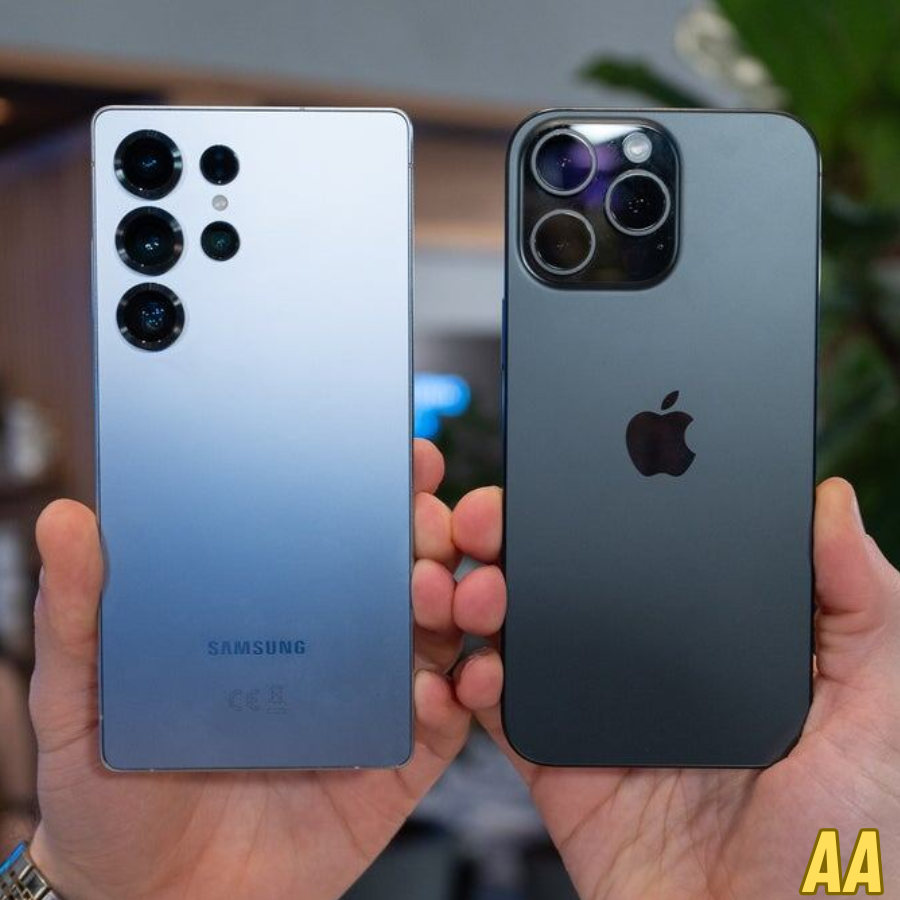
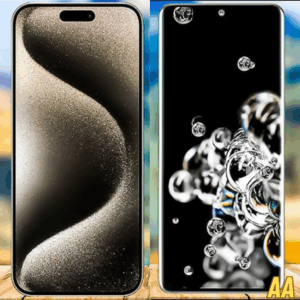

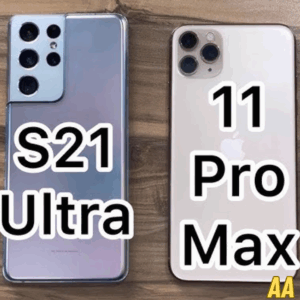
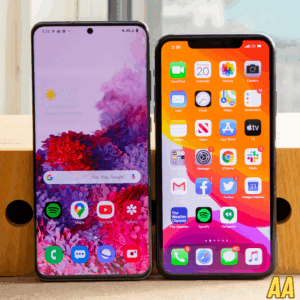
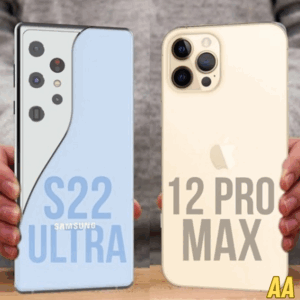

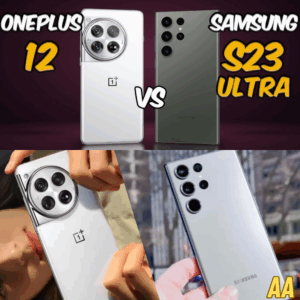
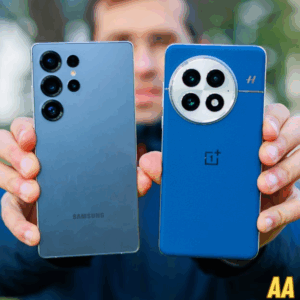
Trackbacks and Pingbacks